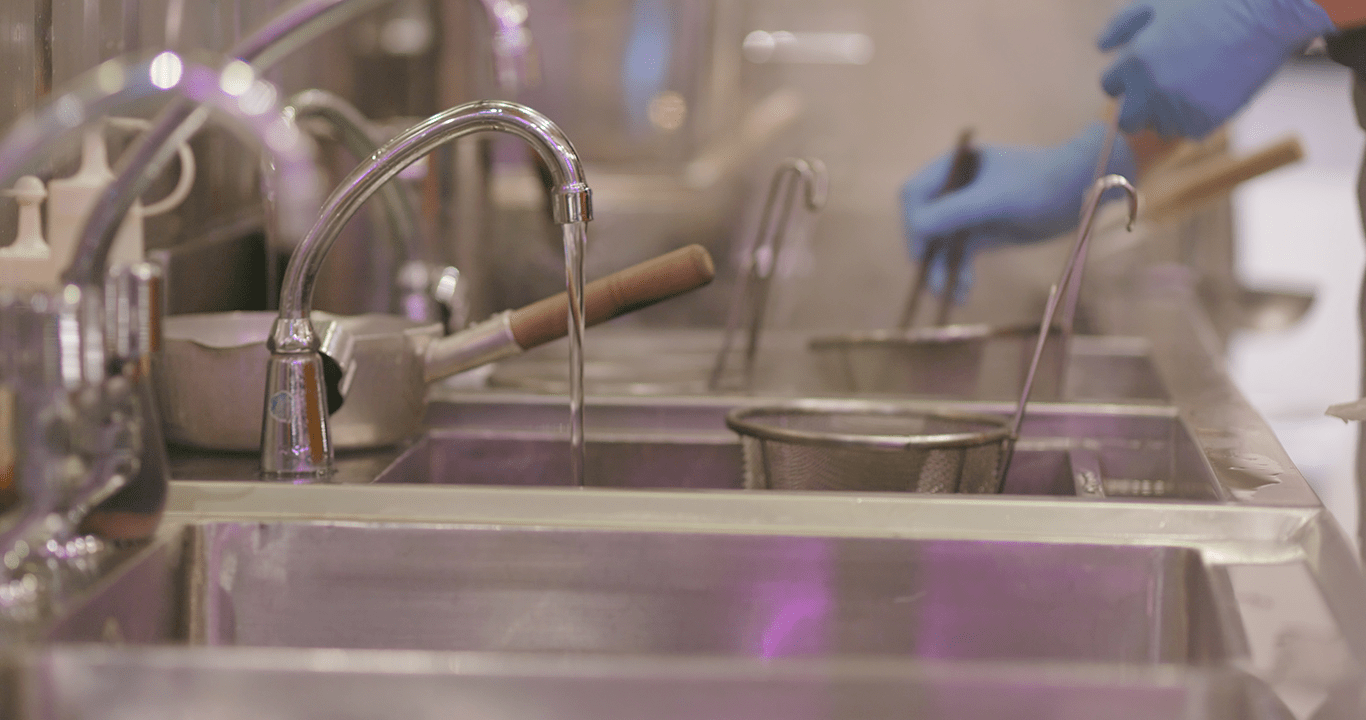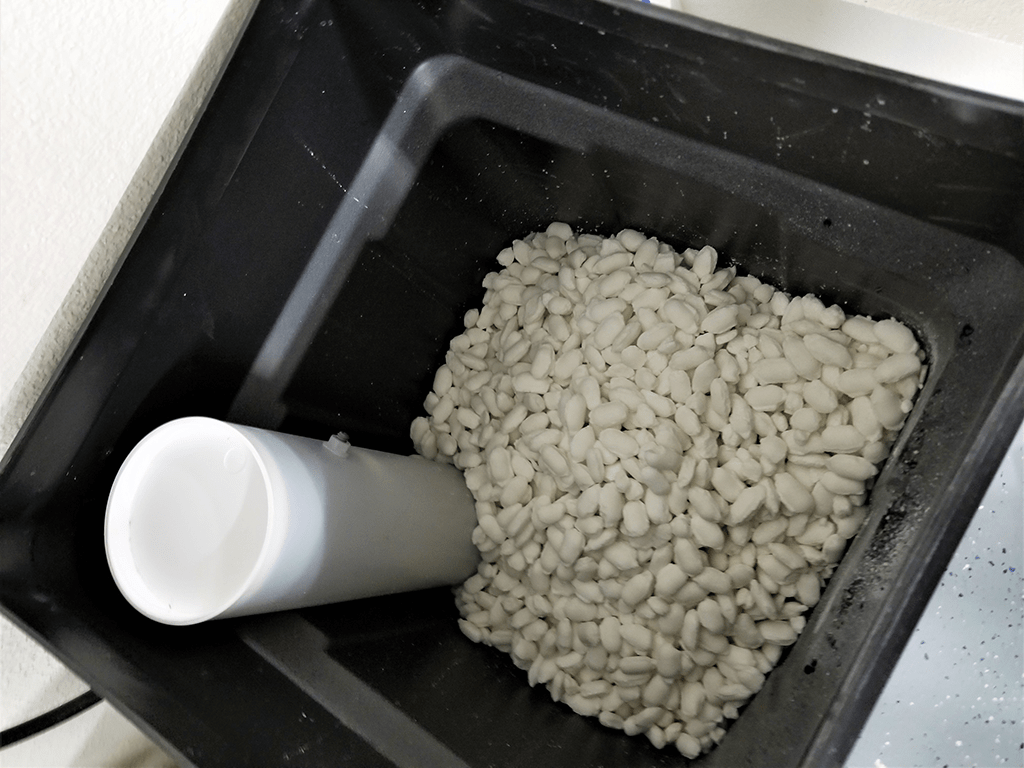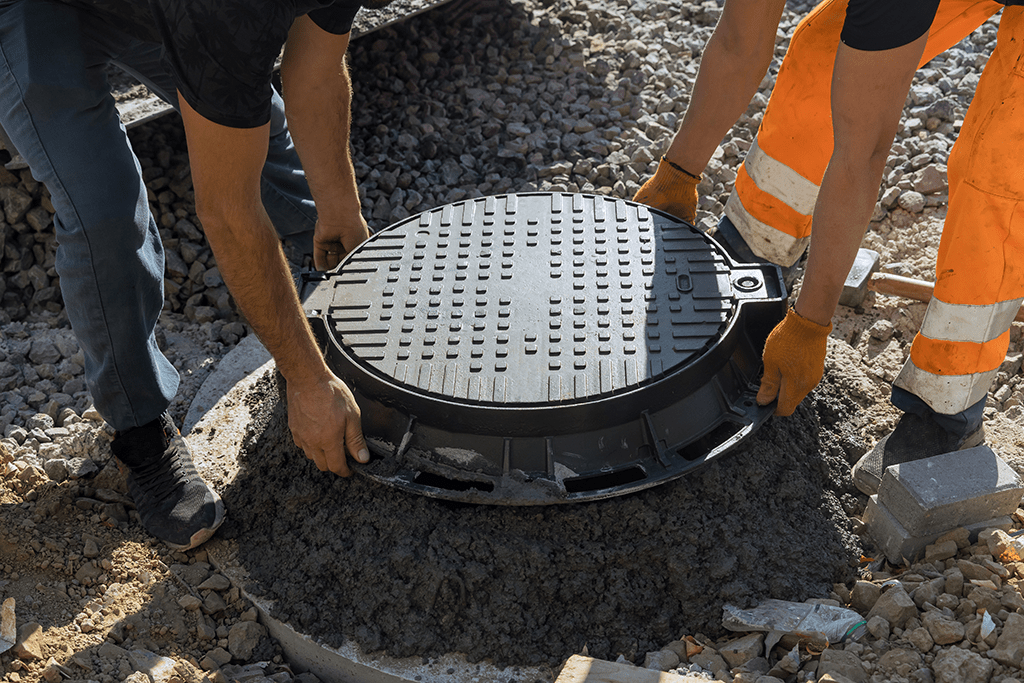Grease traps are an important part of food service operations. They help restaurants keep their drains, plumbing, and grease disposal systems functioning properly. A well-maintained grease trap keeps your restaurant running smoothly and prevents costly repairs. In this blog post, we’ll discuss the types of restaurant pumping services available, common issues with grease traps, and prevention tips for keeping them in good condition.
What Are Grease Traps and Why Are They Important?
Grease traps are mechanisms designed to prevent the buildup of FOG (fats, oils and grease) inside plumbing systems. Unfortunately, grease build-up commonly occurs when there is insufficient maintenance and grease accumulation overwhelms the capacity of the grease trap. This can cause a significant disruption in performance, clogging pipes and potentially leading to costly repairs or replacements as grease escapes from the trap. Regular inspections and maintenance should be done to ward off any serious problems that grease build-up may cause, saving time and money in the long run.
Grease traps play a critical role in the operation of restaurants, as they prevent grease, oils, and fats (FOG) from entering the wastewater system. Installing grease traps shields local water treatment plants from grease-related issues that can lead to operational disruptions. It also ensures the restaurant complies with local grease trap regulations and decreases the risk of costly fines for grease Overflows incidents. This is especially important for restaurants located near rivers or other bodies of water. In order to ensure maximum effectiveness, grease traps need to be regularly cleaned and maintained.
Grease trap overflows are not only a serious environmental nuisance, but they can also cause some fairly costly damage. This issue occurs when the FOG (fats, oils, grease) rises to the top of what’s known as grease traps, which are tanks located under sinks in restaurants used to collect grease from washing dishes and other activities. When this grease accumulates and begins flowing out of the vent stack, it leads to said overflow– something no one wants. Thankfully, there are ways for restaurant business owners to proactively prevent grease trap overflows from happening and keep their grease traps clean and functioning properly.
Types of Restaurant Pumping Services
Regular maintenance is key when it comes to keeping your grease trap in proper working condition. There are several types of restaurant pumping services available depending on the size and type of your system. Some services include power washing or jetting the exterior of the tank to remove any built-up debris; cleaning out the interior with a vacuum truck; replacing any worn or damaged parts; pressure washing interior walls; disinfecting the entire system; removing accumulated solids; and performing any necessary repairs or upgrades.
Restaurant pumping services are an essential part of maintaining grease traps and wastewater systems in restaurants. There are two main types of pumping services: sludge removal and effluent removal. Sludge removal involves removing grease from grease traps and grease interceptors, accumulated fats, oils, grease and other solids that can cause clogs within plumbing pipes over time. Effluent removal is the process to discharge any water or liquid residue from grease traps and interceptors, to ensure proper flow throughout the food service’s effluent system. These pumping services must be completed regularly to ensure restaurants comply with health regulations and maintain optimal performance of grease traps and wastewater systems.
Why is Regular Cleaning Necessary?
Regular grease trap cleaning is a critical component of commercial plumbing maintenance. Grease builds up over time and if not properly removed, it can cause blockages in pipes that can be difficult to clear and force expensive repairs on businesses. Fortunately, grease traps can be regularly maintained to prevent grease buildup and potential blockage problems. Professional cleaners can efficiently clean grease traps at an affordable price, preventing costly plumbing issues for businesses down the road.
Having a grease trap serviced is an important and necessary step for any restaurant or food service establishment. If grease traps are not adequately serviced, grease can accumulate in the pipes and if clogs form, grease can be forced back into the kitchen and create a health hazard. Servicing grease traps can also help businesses avoid costly plumbing bills from grease related clogs. For optimal grease trap performance and sanitation, it is recommended to have them checked at least every three months. By doing this, businesses can safeguard not only their bottom line, but also the health of their employees and customers.
Installing grease interceptors can be one of the best ways to prevent the amount of grease that ends up in grease traps over time. Developed with cost-effective, reliable and efficient grease management in mind, grease interceptors help limit the solid accumulations caused by excess grease while maintaining proper waste water flow. By catching grease before it is able to enter grease traps, grease interceptors aid in reducing necessary maintenance and provide improved grease trap functioning for longer periods of time. Installing a grease interceptor provides a cost savings over time when considering the different expenses related to repairing and/or replacing broken or clogged grease traps.
In conclusion, having a well maintained grease trap is essential for restaurants looking to keep their plumbing systems running smoothly while reducing potential damages caused by clogs or backups due to excess waste build-up over time. We’ve covered what they are, why they’re important, what types of restaurant pumping services are available, common issues with them, and prevention tips for keeping them in good condition. By following these ideas you can ensure that your system runs efficiently for years to come!







